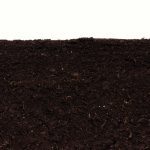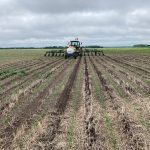I have been retired for almost 10 years, but farmers still contact me occasionally with questions about their soil test reports and for assistance with interpretation. I am a big fan of soil testing but soil sampling, soil analyses and interpretation all must be done correctly. If not, results can be very misleading and costly […] Read more













